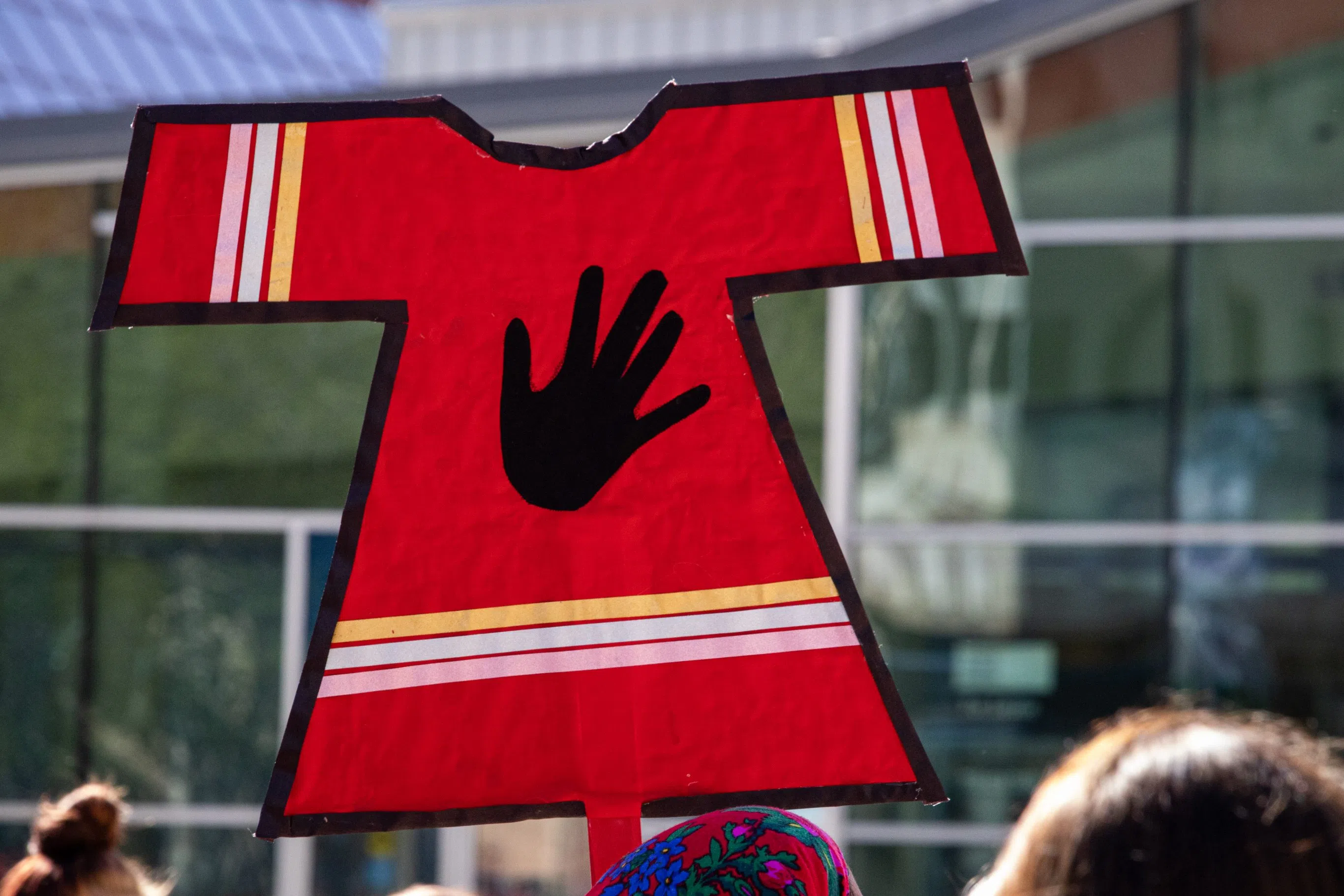
A new report from Thomson Reuters is shining a devastating light on the intersection between the crisis of Missing and Murdered Indigenous Women (MMIW) and human trafficking in Canada.
Using advanced geospatial analysis, the study, “Missing and Stolen: Disappearances and Trafficking of Indigenous Peoples in Canada”, uncovers disturbing trends particularly in urban centres like Winnipeg, Edmonton, and the Greater Toronto Area.
Ontario, particularly the Greater Toronto Area, and Edmonton indicate high amounts of both disappearances and sex ads featuring Indigenous women the report said.
Despite being only 5% of the population, Indigenous women and girls account for over 50% of trafficking victims according to research from the Canadian Centre to End Human Trafficking.
“Human trafficking has a tragic human cost. The correlation between geographic hotspots and victim experiences across cases of Missing and Murdered Indigenous Women and the sex ad ecosystem in Canada warrants further exploration to help protect women and girls, as well as helping survivors gain justice,” said Heather C. Panton, Senior Advisor, Social Impact & Human Rights at Thomson Reuters.
The Thomson Reuters report analyzed 185 MMIW cases from 2010 to early April 2024 and in 124 cases, or 67%, the victim is still missing with the average age of the victim being 30 years old.
Urban areas were found to have a large proportion of cases despite being distanced from tribal lands. The data found the highest proportion of MMIW cases in Alberta and Manitoba:
- 25% of cases in Alberta
- 21% of cases in Manitoba
- 17% of cases in Ontario
- 15% of cases in British Columbia
- 13% of cases in Saskatchewan
- The remaining provinces comprise of the last 9% of MMIW cases.
Among cities, Winnipeg accounted for 14% of all disappearances, Edmonton 8% (10.5% including the broader metropolitan area) and the Prince Albert-Regina-Saskatoon triangle accounted for 10% of all disappearances.
While not every disappearance is linked to human trafficking, the report said the two are closely linked, and shared one example.
An Ontario case saw a woman missing for just days before her likeness was used in escort ads posted over 100 km away.
Analysis from the report collected 3,485 sex ads posted in Canada that claim to feature an Indigenous woman or girl between 2016- and the present:
- 57% of sex ads were posted in Ontario
- 21% of sex ads were posted in British Columbia
- 18% of sex ads were posted in Alberta
- The remaining provinces accounted for the last 4% of ads put together.
Cities like Edmonton and Ottawa show significant connections to the US sex ad ecosystem, where contact information on Canadian ads matches those in U.S. ads, highlighting the fact that trafficking is a borderless crime.
Thomson Reuters identified several key areas for action to discuss with law enforcement, non-profits and community groups:
-
Creating a national Indigenous disappearance database to close the reporting gaps between police, Indigenous communities, and grassroots organizations.
-
Integrating sex ad data with MMIW cases to help quickly identify and locate missing individuals featured in sex ads.
-
Prioritizing investigative resources in known hotspots like Winnipeg and Edmonton where significant patterns of disappearances and human trafficking have been identified
- Enhanced cross-border collaboration between Canada and the United States is critical in combating human trafficking.
If you think you might be a victim of human trafficking or think someone else maybe, contact the Canadian Human Trafficking hotline: Call: 1-833-900-1010 or email hotline@ccteht.ca.
To view the report, click here.













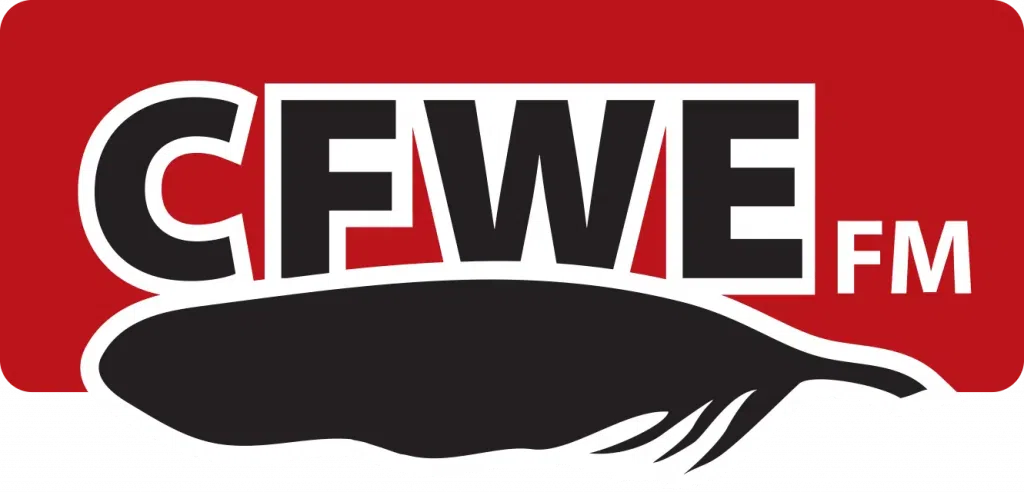
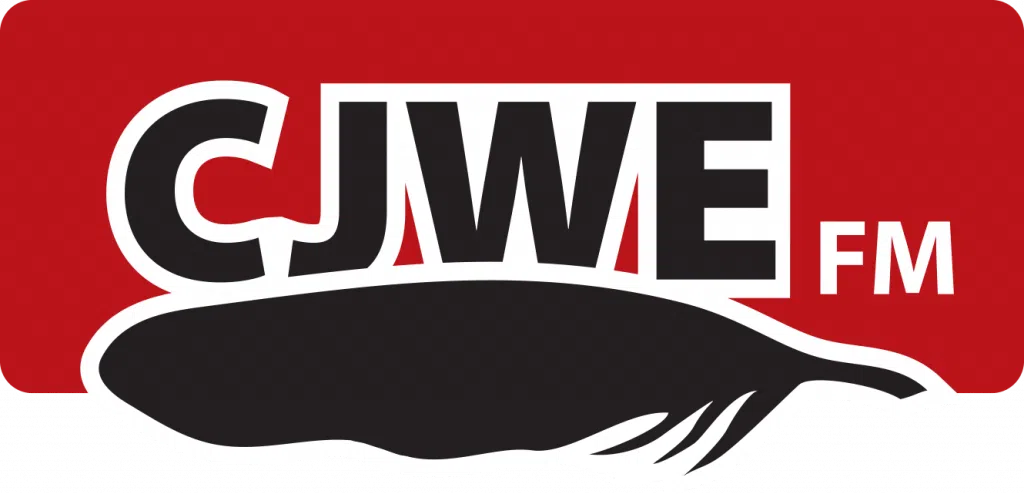
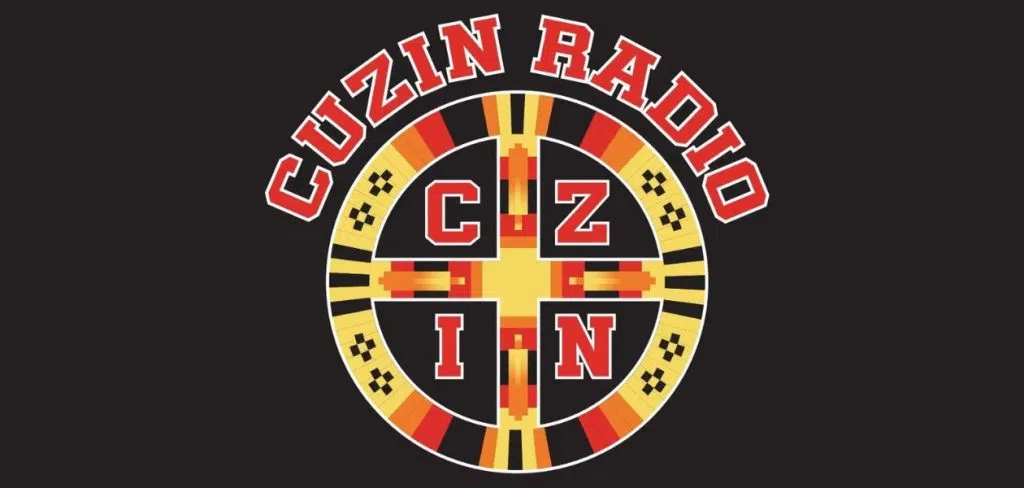
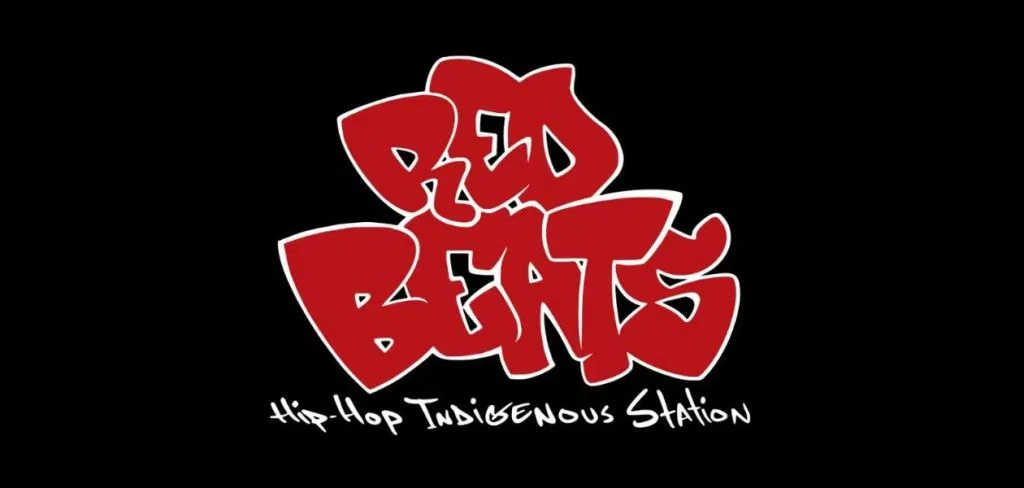
Comments